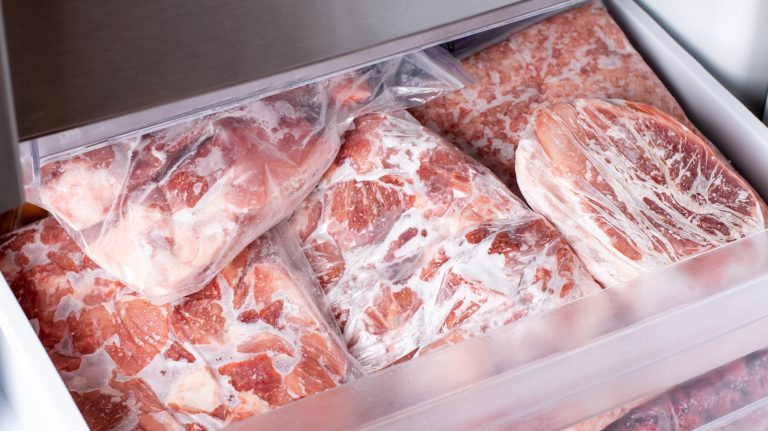Space feels like a luxury sometimes, particularly in a smaller kitchen. This is especially true for a small sink area that gathers crockery and cutlery on top of housing relevant cleaning materials. But there’s a very affordable and super practical way to create more countertop space around the sink: a sponge holder. Available in a variety of shapes, sizes, and materials, these little gems hang out inside the sink, held aloft by suction cups, magnets, or a saddle-type bar that hangs over the divider between two sink basins.
Sponge holders are the perfect spot for your kitchen cleaning essentials between washes, giving them ventilation to dry thoroughly while allowing residual water to drip directly into the sink without leaving a mess on the countertop. Even better, it keeps dirty dishwater from pooling around the sponge. The cheapest are those made from plastic or silicone, but make sure you get one that is rust-resistant and possibly translucent, so you can see any dirty bits gathering at the bottom, signaling that it’s time for a wash. Since these aren’t the most durable of the three types, they may need to be replaced more often.
Alternatively, the aluminum chrome-plated sponge holders are marginally more pricey but are more durable than the plastic ones. They are also rust-resistant and stand up well against corrosion. You’ll pay the most for stainless steel sponge holders, but you’ll get more bang for your buck here. Built for durability, the stainless steel holders are moisture-resistant too, on top of boasting the same benefits as their chrome-plated counterparts.
A sponge holder could prevent homegrown sickness
Beyond saving space, there are other benefits to using a sponge holder, including preventing your family from getting sick. Sponges are an inviting playground for bacteria that feature pools of your last wash’s dirty dishwater. Additionally, the lack of ventilation from sponges thrown into the below-sink scullery cupboard provides the ideal environment for bacteria to thrive.
In one frightening statistic shared by the Pacific Northwest National Laboratory, in a nice, cozy environment, the amount of bacteria can double every 4 to 20 minutes. Leaving your sponge at room temperature, with food coming from the dirty dishwater, and a good pH level, may just be the problem. Since you probably wash your dishes only two to three times a day (with many hours in between), do the math. That’s how much bacteria you’re putting onto your dishes and cutlery, never mind washing food residue off. Bacteria can’t thrive in a dry environment with no food source and a well-sanitized sponge, so your ventilated, drip-inducing sponge holder may save your family from potentially dangerous health effects.
And with bacteria come odors. Those musty, ripe, and decidedly stinky whiffs emanating from “somewhere” in your kitchen could very well be from the sponge you’re happily using to clean and dry your dishes. The good news is that you can get multi-purpose sponge holders that have cavities and space for all your dishwashing paraphernalia, from sponges and cloths to brushes.






